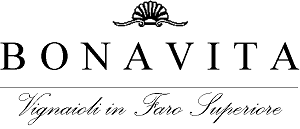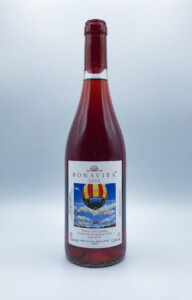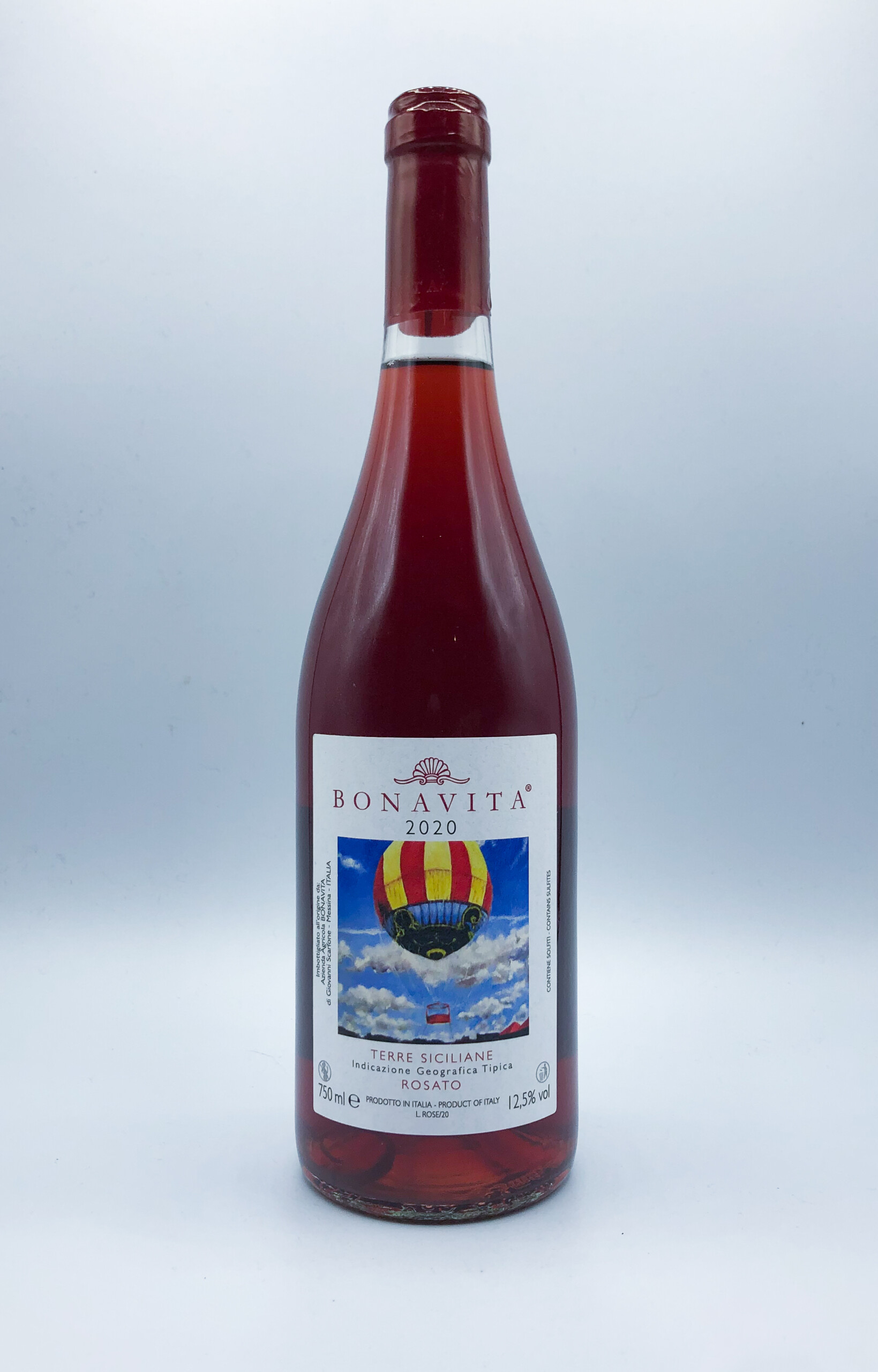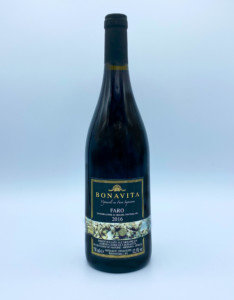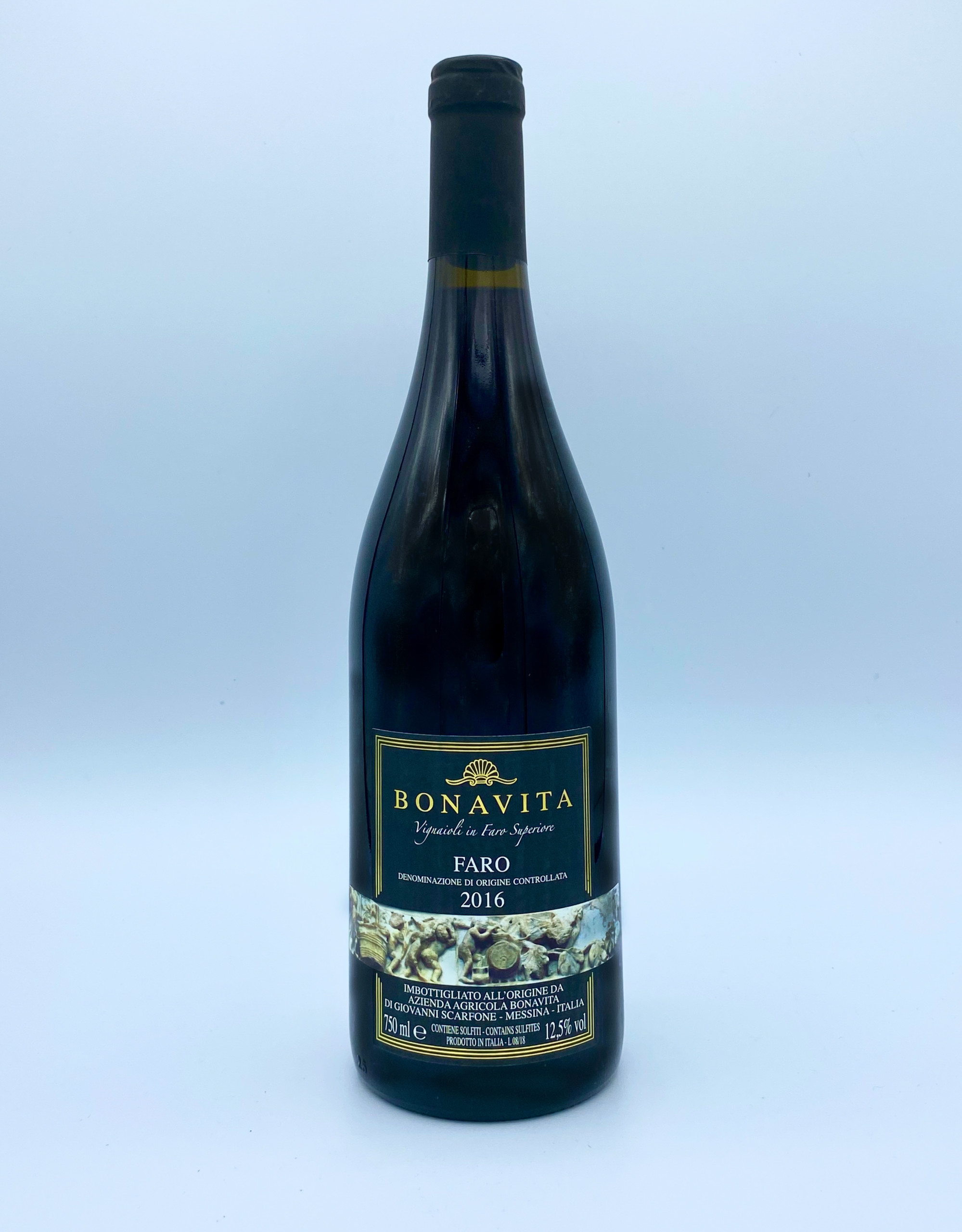Bonavita
About
Owner & winemaker: Giovanni Scarfone
Vineyards: 7ha farm, of which 3ha are vineyards
Vineyard management: Practicing organic
Soils: Limestone and clay
Grapes grown: Nerello Mascalese, Nerello Cappuccio, Nocera
Annual production: 15,000 bottles
Quick facts:
- The Faro region was famous for its wines in antiquity, but the winemaking tradition was nearly lost in the twentieth century.
- Bonavita is a polycultural farm, where vines grow alongside olive, lemon, oak, and chestnut trees, as well as vegetables and chickens.
- “The grape is the protagonist.” – Giovanni Scarfone, describing his winemaking philosophy.
Homer, Virgil, and Ovid described the Faro region as fertile and salubrious, gifted with a temperate climate and open, harmonious vistas. Many documents testify to the importance of the wines of Faro, spanning from ancient Greek times into the early 1900s, when many of its wines were exported as faraway as France. Production came to a halt in 1908, when an earthquake and tsunami devastated the town and agriculture of Messina, killing 70,000-80,000 people. In the Scarfone family (the proprietors of Bonavita), everyone except for the 19-year-old great-grandfather was killed. Those who survived the natural disasters and the subsequent World Wars were slow to return to the neglected vineyards, and the Faro wine region never recovered completely. As of 2014, there were only 20 hectares under vine in the entire DOC. While its neighbor Etna has gained the international spotlight in recent years, Faro continues to fly under the radar. Compared to its famous neighbor, the vineyards here are lower altitude (800ft above sea level, compared to 2600ft) and the soil has more limestone and clay. Winds from the Strait of Messina moderate the summer heat. The hilly territory, with its pronounced diurnal range, is ideal for slowly ripening the grapes, but it’s nearly impossible to mechanize–a particular problem in a region where the population has been slow to recover after the shocks of the twentieth century.
At Bonavita, Giovanni Scarfone tends to the 2.5 hectares of vineyards, as well as to olive and lemon trees, chickens, and other vegetables on the farm. The approach to farming is polycultural, with the Nerelli and Nocera vines sharing space with fruit and olive trees, wheat, and chickens. There is no formal classification of the agricultural practices. One could describe it as “organic,” but in reality it is much more than this. The farm is like the Scarfone’s garden. They treat it with love, not chemicals. The vineyards are found on the top of a hill above the town itself, with the oldest estate plantings more than 65 years old. The wine cellar–Giovanni’s parents’ garage–is found lower on the hill beneath the vineyards. He made his first commercial vintage in 2006–before that, they made wine just for family and friends. Grapes are harvested by hand and carried to the nearby cellar, where they are spontaneously fermented with native yeasts, macerated on the skins in cement tanks, then aged in large old oak.

